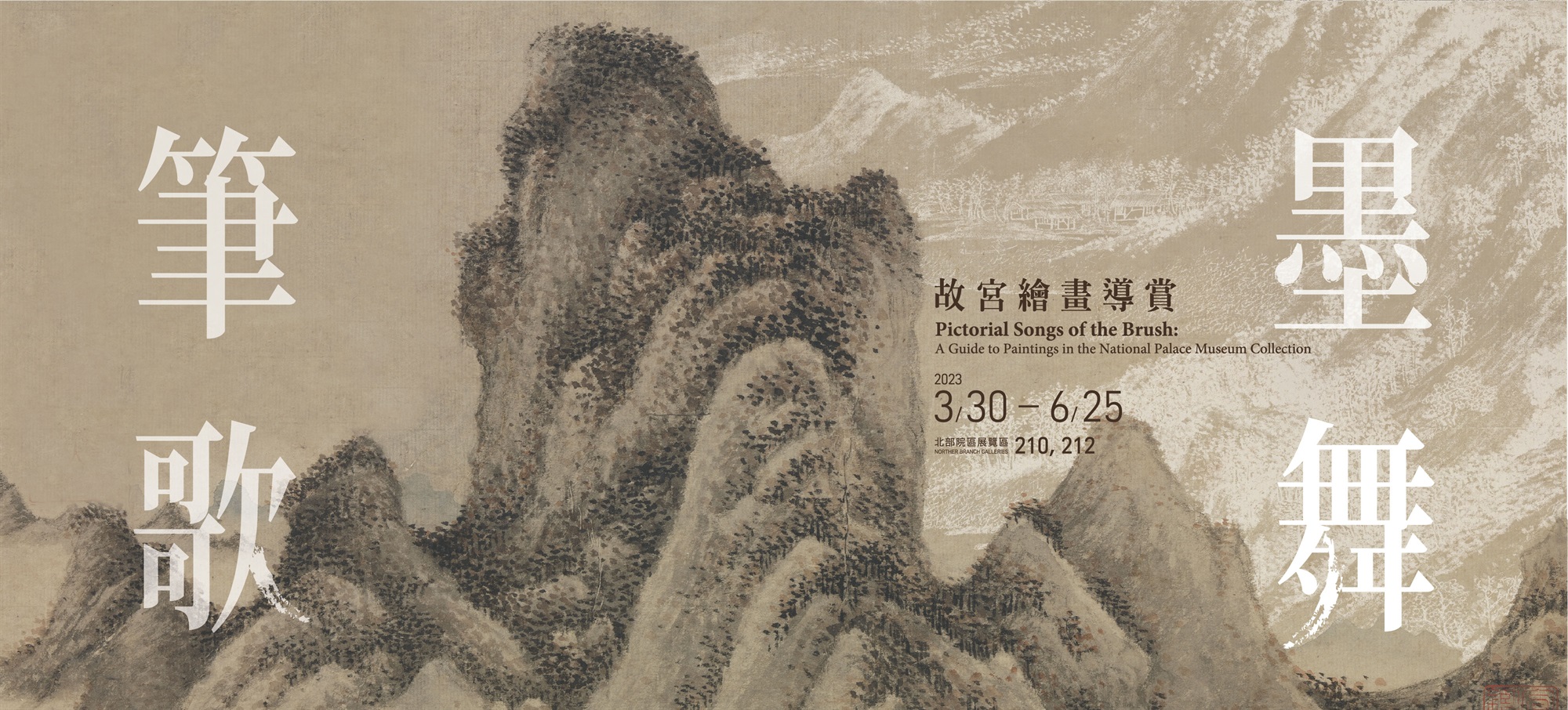Selections
-
Sketches from Life, Fachang, Song dynasty
Fachang (ca. 13th century) was a Sichuanese Buddhist monk surnamed Li who had the sobriquet Shepherd of the River (Muxi). A talented painter of animals, landscapes, and human figures, he used simple, unembellished brushwork.
This scroll, which was created in imitation of Fachang’s painting style, portrays a wide variety of flowers, plants, fruits, vegetables, and fowl. The artist depicted these subjects in the manner of “sketches from life” (xiesheng) painting. At first glance the brushwork appears casual, but each flower and leaf was painted in fine, lifelike detail. The scroll begins with a peony painted with “boneless” (meaning they were not outlined) ink washes. Brush and ink were used in a highly elegant way, so that negative space remained wherever the flower’s petals and leaves overlap. Conceptual originality exudes from this piece, which is stylistically unlike other painters’ works.
-
Fallen Maple Leaves on the RiverWu, Ni Zan, Yuan dynasty
Ni Zan (1301-1374), of Wuxi in Jiangsu province, had the style name Yuanzhen and sobriquets Yunlin and Yuweng (which translate as Cloud Forest and Clumsy Gent). A member of a wealthy family, he built a structure called the Pure and Secluded Pavilion where he stored his collection of old works of painting and calligraphy. Ni excelled at landscape painting and came to be known as one of the four masters of Yuan dynasty painting.
The inscription on this painting tells us it was painted in the bing-wu year of the Zhizheng reign period (1366), when Ni was in his sixty-sixth year. The composition depicts both banks of a river, with trees and a ramada at the water’s edge, effecting a tableau of clear, empty vastness. The boulders on the riverbank were painted with “bent ribbon” texturing strokes, made when a dry brush is turned so that its tip goes from being centered to oblique mid-stroke—this technique gives the boulders the sense of being riven with geological fault lines. This elegant use of brush and ink gives the work a serene ambience.
-
Miscellany of the Seas, Nie Huang, Qing dynasty
The extant version of Miscellany of the Seas comprises four albums. The preface to the first album states that its creator, Nie Huang, traveled to coastal regions of Fujian province during the wu-yin year of Emperor Kangxi’s reign (1698), where he fished numerous specimens from the sea. Nie Huang, a native of Qiantang (Hangzhou in present-day Zhejiang province), spent nearly twenty years sojourning all over the northern and southern reaches of the Qing dynasty. In the ding-mao year of Kangxi’s reign (1687) he painted an illustrated volume entitled “A Taxonomy of Crabs.” Later he transcribed all of his observations of various oceanic biota into a single compendium, Miscellany of the Seas. The NPM has the unsigned fourth album from this treasury in its collection. It contains paintings depicting of horseshoe crab, conch, crab, shrimp, and other marine animals, as well as accompanying titles and explanations written in regular script (kaishu) calligraphy.
-
Copy of Wang Meng’s “Seclusion in a Quiet Forest” Dong Bangda, Qing dynasty
Dong Bangda (1699-1796) was representative of the erudite scholar-officials who worked as painters during the reign of Emperor Qianlong in the Qing dynasty. Dong’s landscape paintings enjoyed high praise from the emperor, who once compared him to two earlier masters with the same surname: Dong Yuan of the Five Dynasties period and Dong Qichang of the Ming dynasty.
This painting is a copy of Wang Meng’s “Seclusion in a Quiet Forest.” Comparison reveals that Dong was faithful to the original’s composition and themes. His greatest divergence lies in the brush and ink techniques he used; the “hemp fiber” texturing strokes and thickly inked “moss spots” Dong’s painting are more eye-catching and appear more unconstrained in than those in Wang’s original work. This disparity confirms that Dong Bangda was boldly confident as he used hemp fiber texturing strokes to reinterpret a classic painting.


